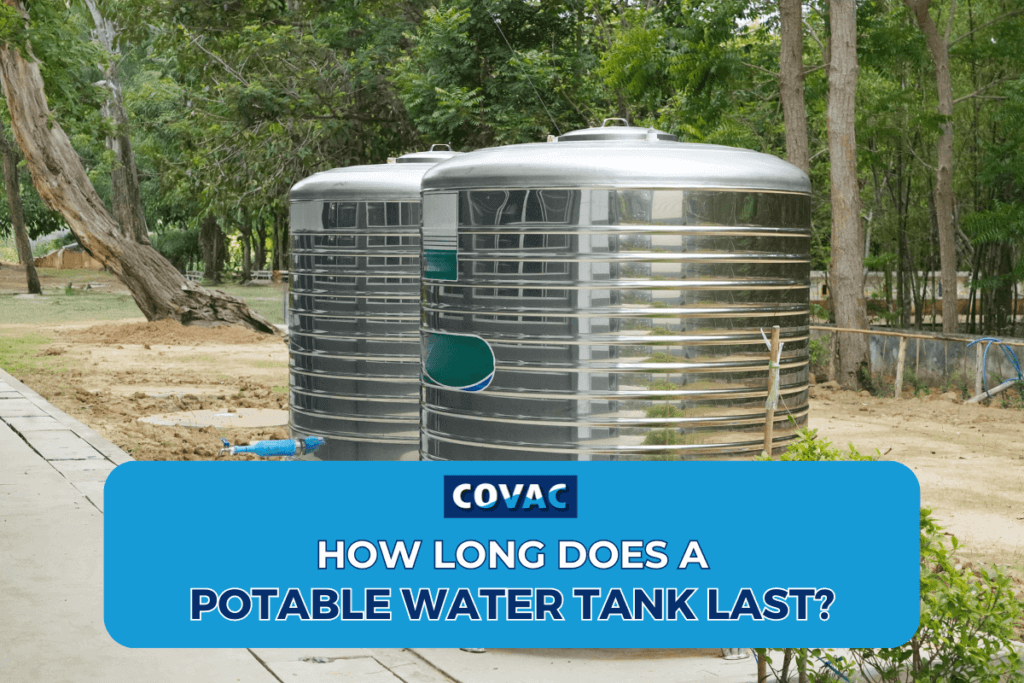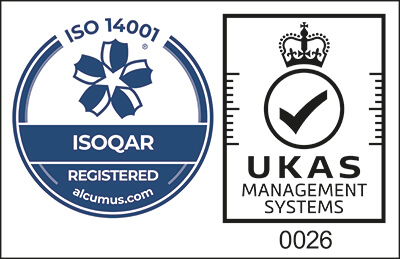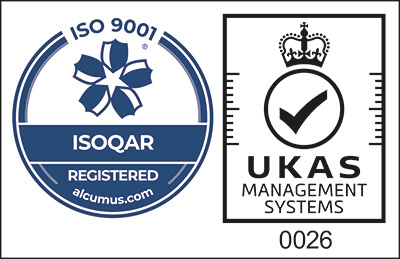
Potable water tanks are crucial for storing clean and safe drinking water, whether for your home, business, or industrial use. Knowing how long your tank should last and how to care for it properly can help you avoid costly replacements and ensure your water remains safe and fresh.
This guide covers how long a potable water tank typically lasts, factors affecting its lifespan, and practical tips for maintaining it, including the use of potable water tank liners and paint, and cleaning methods.
What Affects the Lifespan of a Potable Water Tank?
The lifespan of a potable water tank can vary widely depending on several key factors:
Material of the Tank
The material your tank is made from plays a significant role in determining how long it will last:
Plastic (Polyethylene) Tanks
These are affordable and commonly used but can degrade over time due to UV exposure. With proper care, they generally last between 10 to 20 years.
Stainless Steel Tanks
Renowned for their durability and resistance to rust, stainless steel tanks can last over 30 years. They benefit from occasional touch-ups with potable water tank paint to protect against any potential corrosion.
Fibreglass Tanks
Strong and resistant to corrosion, fibreglass tanks have a lifespan of around 30 to 40 years. They require less maintenance but should still be checked regularly.
Concrete Tanks
Concrete tanks are very durable, often lasting 50 years or more if maintained properly. However, they are prone to cracking and require regular inspection and repair.
2. Installation Environment
The environment where your tank is installed affects its lifespan. Tanks exposed to harsh weather conditions, such as intense sunlight or extreme temperatures, may wear out more quickly. Placing tanks in shaded areas or using protective coatings can help extend their life. For outdoor tanks, applying a layer of potable water tank paint can offer extra protection against UV damage and weathering.
3. Water Quality
The quality of the water stored in your tank impacts its longevity. Hard water, which is high in minerals, can cause scaling and wear down the tank over time. Water with high acidity or contaminants can also lead to quicker deterioration. Using potable water tank liners can help shield the tank from such damage by providing a protective layer that prevents direct contact between the water and the tank material.
4. Maintenance Practices
Regular maintenance is crucial for extending the life of your tank. Regular inspections for cracks, leaks, and signs of wear can prevent small issues from becoming major problems. Routine cleaning is also essential to keep the water fresh and the tank in good condition.
How to Clean a Potable Water Tank
Regular cleaning of your potable water tank is essential for maintaining its condition and ensuring the water remains safe for consumption. Follow these simple steps to clean your tank effectively:
Empty the Tank
Begin by fully draining the tank to gain access to its interior surfaces. This step is crucial for a thorough cleaning.
Clean the Interior
With a long-handled brush and a gentle cleaning solution, scrub the inside of the tank. Pay special attention to any sediment, algae, or debris that may have built up over time.
Disinfect the Tank
After scrubbing, apply a disinfectant made of a chlorine solution. Allow this solution to sit for 2 hours to effectively eliminate any remaining bacteria.
Rinse Well
Rinse the tank thoroughly with clean water to remove all traces of chlorine and cleaning agents. Ensure that no residues are left before refilling the tank.
Inspect and Maintain
Examine the tank for any damage, such as cracks or leaks. Use potable water tank liners to guard against future damage. Additionally, applying a coat of potable water tank paint can help prevent rust and corrosion.
The Benefits of Potable Water Tank Liners and Paint
To maximise the lifespan of your tank, consider using potable water tank liners and potable water tank paint.
Potable Water Tank Liners
Liners provide a protective layer inside the tank, preventing contact between the water and the tank’s material. This helps reduce the risk of corrosion and extends the tank’s life. They are especially useful for tanks made of metal or concrete.
Potable Water Tank Paint
For metal tanks, potable water tank paint creates a barrier against rust and corrosion. It also provides additional protection against UV rays and weathering, which is crucial for tanks installed outdoors.
How Long Does a Water Tank Last?
Here’s a rough estimate of how long different types of tanks typically last:
- Plastic Tanks: 10-20 years
- Stainless Steel Tanks: 30+ years
- Fibreglass Tanks: 30-40 years
- Concrete Tanks: 50+ years
Covac Services for Potable Water Tanks
At Covac, we provide tailored solutions to keep potable water tanks safe and long-lasting. From expert lining installation to routine maintenance, our services support both residential and commercial needs. We also offer professional cleaning, tank liners, and specialised paint to protect against corrosion and UV damage. By focusing on quality and best practices, we help extend the life of your tanks and ensure a clean, reliable water supply.










